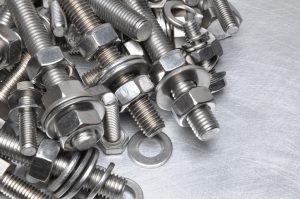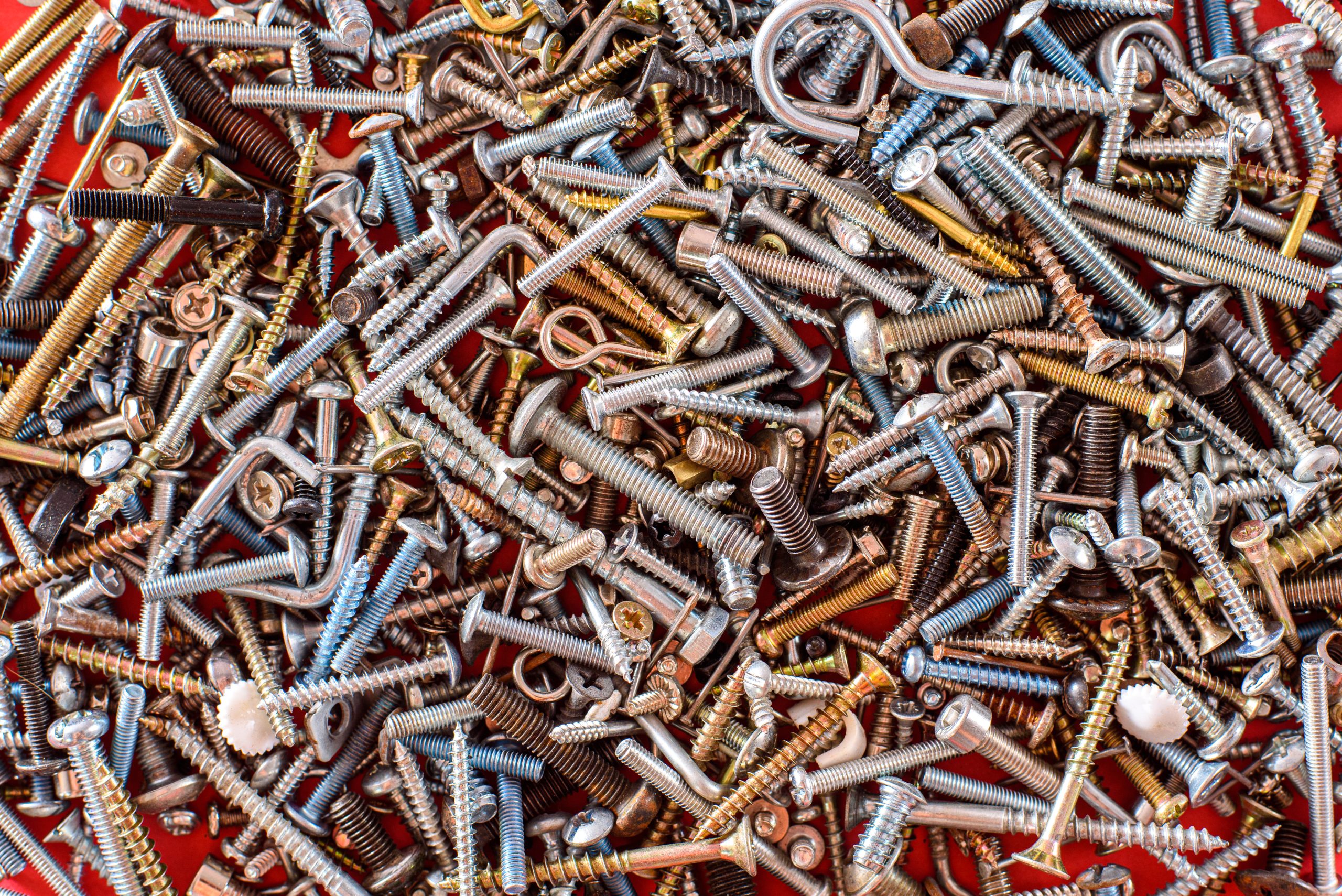 The pros and cons of stainless steel versus plain steel fasteners come up all the time when we discuss which type of fastener is best suited for a client’s application. They’re both reliable, hard-working alloys and they both have certain jobs for which they are better suited, so we’re going to discuss the differences in this post to help you become a better-informed buyer when you’re considering a fastener for your next project.
The pros and cons of stainless steel versus plain steel fasteners come up all the time when we discuss which type of fastener is best suited for a client’s application. They’re both reliable, hard-working alloys and they both have certain jobs for which they are better suited, so we’re going to discuss the differences in this post to help you become a better-informed buyer when you’re considering a fastener for your next project.
The most basic difference when discussing steel and stainless steel is their composition. Steel is made from a combination of iron and carbon. This combination produces a strong and malleable metal that is most suitable in the construction industry and for making heavy equipment. Stainless steel, on the other hand, is made from a combination of chromium and iron. The resultant metal is anti-corrosive and rust-resistant. These characteristics, as well as stainless steel’s hygienic properties, make it popular for fasteners and components used in surgical instruments, cookware, hospital appliances, as well as pharmaceutical processing facilities.
While there are dozens of different grades of stainless steel alloys, there are three fundamental categories that are highly popular for a wide range of uses:
18-8: This stainless steel is composed of 18 percent chromium and 8 percent nickel (hence the 18-8 designation) for superior corrosion and oxidation resistance and is generally non-magnetic. Technically a 304 type stainless steel, it is the most widely used grade of stainless.
300 Series: These grades of stainless steel have approximately 18-30 percent chromium and 6-20 percent nickel as their major alloying additions. This series of stainless steel alloys are known to resist corrosion while maintaining their strength at high temperatures.
400 Series: This group of stainless steels typically have 11 percent more chromium and 1 percent more manganese than the 300 series group. This stainless steel series tends to be susceptible to rust and corrosion under some conditions although heat-treating will harden them. Their higher carbon content provides end products with higher strength and wear resistance.
Plain steel is generally used when the environment is not constantly wet or even continually damp. However, plain steel is less expensive than stainless so some manufacturers will choose steel as a cost-saving measure. However, it’s important to remember that ultimately it may cost more because steel will break down faster in adverse conditions, resulting in equipment failure or serious structural breakdown – and that, in turn, could cost a lot more.
If you’d like to know more about the properties and uses for all the different types of stainless steel and when plain steel fasteners are perfectly acceptable for use, contact the steel experts here at Electronic Fasteners.

